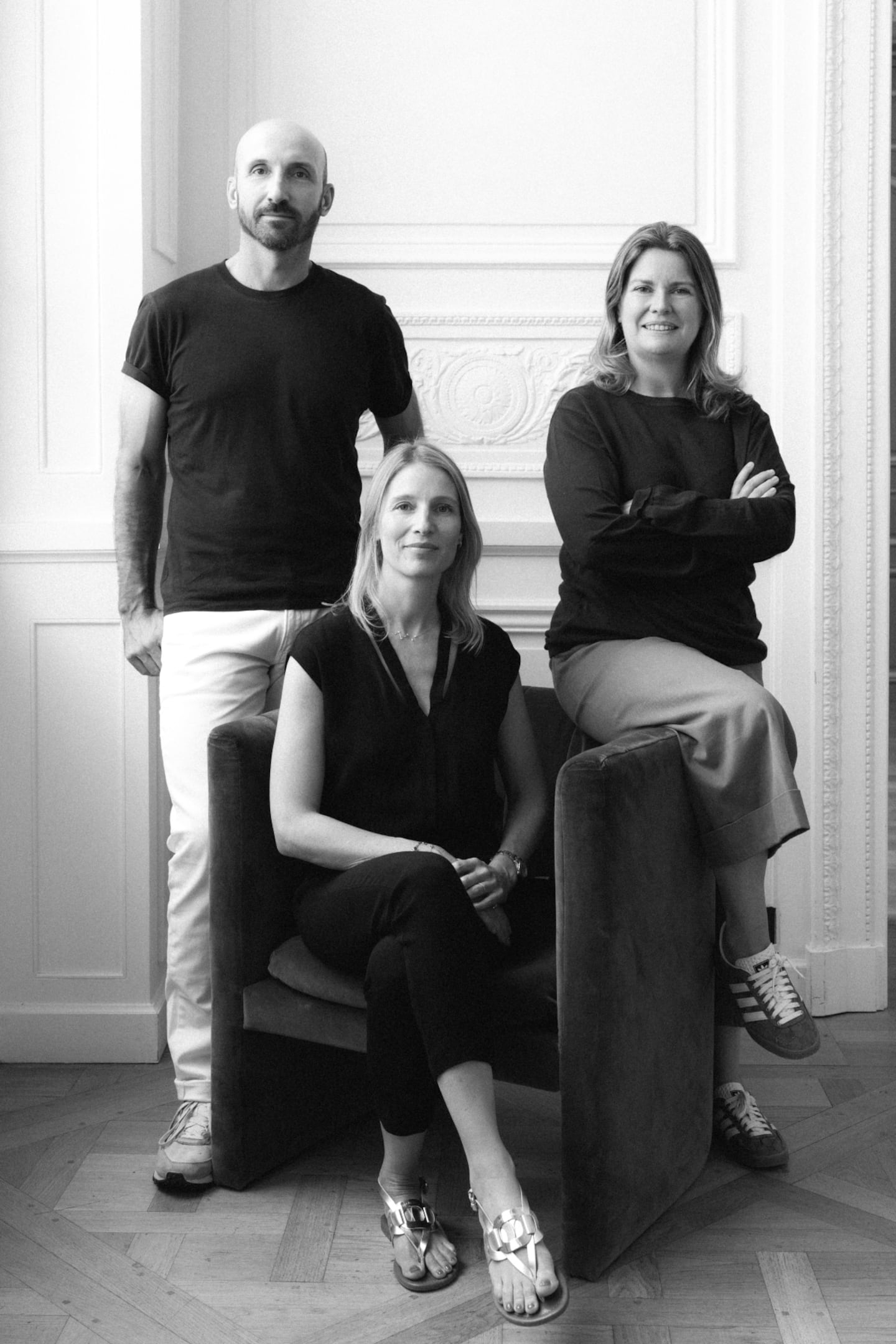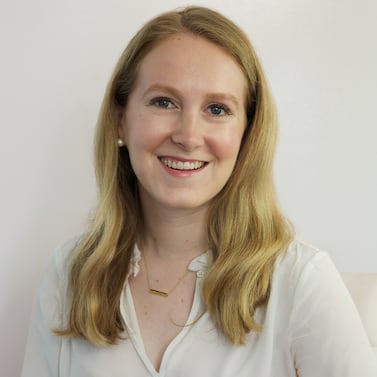
The Business of Fashion
Agenda-setting intelligence, analysis and advice for the global fashion community.

Agenda-setting intelligence, analysis and advice for the global fashion community.

Another day, another acquisition for The Independents.
The fashion public relations and production firm is acquiring Ctzar, a social media and influencer marketing-focussed agency, the buyer told BoF.
Ctzar joins The Independents’ rapidly growing portfolio that includes everything from influencer marketing to event production. The Paris-based firm, the operator of fashion-focussed PR firm Karla Otto bought influencer marketing company Lefty in April 2021, event production company Bureau Betak in September 2021 and Prodject, the creative agency behind the Met Gala, in March. In June, the company raised $400 million with the stated goal of continuing its acquisition spree and doubling in size by 2025. The goal is to build a network that offers clients solutions for their wide breadth of press needs.
“With our ecosystem, everybody continues to be expert in their domain and to develop [their business],” said Isabelle Chouvet, founder and CEO of The Independents. “At the same time, they are inspired by the others of the group, and they push the boundaries with the support of the others.”
ADVERTISEMENT
Though The Independents has been the most prolific, it’s not the only PR player on a shopping spree. The Lede Company, the entertainment-focussed agency best known for representing figures like Rihanna, has recently been making more inroads in fashion. Last month it acquired Olivier Bourgis Communication and Marketing, or OBCM, a Paris-based agency with clients like Adidas and Browns.
The dealmaking activity reflects an acceleration of changes in the industry that go back a decade or more, when social media first started reshaping the business, and actors, athletes and musicians began taking a more disciplined approach to their fashion ventures. As the lines have blurred between celebrities, influencers, designers and entrepreneurs, the nature of public relations has also evolved, with social media clout and influencer relationships supplementing – and increasingly, supplanting – traditional press placements. Pharrell Williams’ debut for Louis Vuitton in June — produced in part by Lede and OBCM — is an example of how closely intertwined fashion, social media and entertainment have become.
“We’re in a transition moment,” said Alexandre de Betak, the founder of Bureau Betak and now the creative chairman of The Independents. “The traditional ways of communication by press relations have certainly evolved … press relations are no longer only press relations. We’re reinventing all aspects of the job.”
It’s difficult for a small, independent agency to offer such a wide range of services, even when they have deep connections in fashion and media. Some well-known names in the industry have closed their doors, including Black Frame and Siren PR, which both shuttered in 2020.
Some companies are expanding their offerings to keep up, launching new divisions dedicated to areas like affiliate marketing or sustainability. For firms that have the cash, it can be quicker to acquire an agency that already has a presence in a new market, whether it’s a particular city or country, or a function, like influencer marketing.
For the acquirees, being under the umbrella of a larger agency provides greater operational capabilities, logistical support and more, such as access to a larger company’s legal and human resources departments. Likewise, it exposes them to a different business, where they can lean on an expertise they might not already have in house.
Olivier Bourgis, for example, has traditionally worked with fashion-centric clients, while The Lede Company’s historic expertise lies in entertainment PR. Bringing the two together, Bourgis said, will help him further develop the celebrity relations side of his own business.
“We work in a very organic way with our celebrities, whereas I think, working with them can help you to maybe reel that into a more strategic approach,” he said.
ADVERTISEMENT
Meanwhile, Bourgis, with his preexisting relationships in luxury fashion and in particular, in Paris, offers Lede the opportunity to create a presence in the market overnight. Thomas Silve, founder at Ctzar, added that working with The Independents gives his smaller agency a wider reach, and access to teams on the ground in regions where Ctzar previously didn’t have a presence, like Hong Kong.
“The fact that we can benefit from the experience of the best in class on the market, it’s amazing for us, because we get to speed up our goals,” said Silve.
Consolidation is likely to lead to even more consolidation, as it gets harder for the remaining independent agencies to compete with full-service giants.
For clients, this can be a mixed bag: brands will have fewer options when planning fashion shows, and celebrities could have less leverage when they only have a handful of firms able to plan large-scale sponsorship deals, product lines or events.
Companies like The Lede and The Independents say they’ll continue to operate their acquisitions as quasi-autonomous firms; clients will have the same options, only better-resourced and with a more global scope.
“People are just bringing together the best agency partners possible that have a very similar shared vision, so instead of maybe competing against each other, you’re actually working hand in hand with one another,” said Christine Su, co-CEO at The Lede Company.
Chouvet added that it creates a more consistent experience for clients when they can come to one larger holding company for their services, rather than contract several smaller, boutique firms that have no connection with one another.
“Those big groups in fashion and luxury, they need to have some consolidation. They cannot continue to brief 15 agencies around the world to deliver something consistent,” she said. “That’s what we’re bringing to them, to have this agility and expertise, having the footprint and the capability to be consistent, but still being local everywhere.”
Growing demand for ethical products is creating new business opportunities — and new responsibilities — for PR professionals.
As mid-sized and large-scale communications firms build out their operations, boutique agencies are placing value on quality over quantity.
Designer credits and profiles in glossy magazines don’t move the needle like they once did. Here’s what small and mid-sized brands are doing to build awareness.

Diana Pearl is News and Features Editor at The Business of Fashion. She is based in New York and drives BoF’s marketing and media coverage.
Well, not exactly. But some surprising names made an impression on the red carpet alongside the likes of Loewe, Alaïa and Balmain.
The designer — whose bright, arty clothes earned him a place in the 2021 LVMH Prize Finals, and a guest designer post for Louis Vuitton — curated a set at the Netflix Is a Joke Festival this weekend, the latest example of his creative approach to building brand awareness.
Practitioners of this historically behind-the-scenes profession are building powerful followings, riding a wave of interest in how the fashion sausage is made. But even the highest-profile PRs caution that the client still has to comes first.
Join us for a BoF Professional Masterclass that explores the topic in our latest Case Study, “How to Create Cultural Moments on Any Budget.”